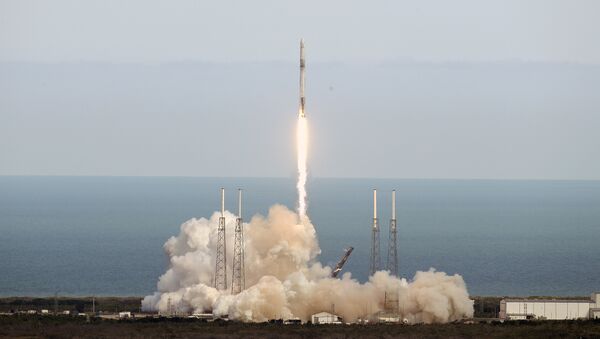"The spacecraft’s multi-mission architecture will enable Es’hailSat to respond to demand for the fastest-growing applications in the Middle East and North Africa, including content transfer, broadcast distribution, enterprise communications, and government services," Space X said in a press release.
Liftoff! @SpaceX #Falcon9 #Eshail2 @NASAKennedy #WFTV pic.twitter.com/lwk45i9RTm
— Melonie Holt (@MHoltWFTV) November 15, 2018
Earlier, SpaceX Company launched a livestream of Falcon 9 Launch.
Falcon 9 first stage has landed on the Of Course I Still Love You droneship. pic.twitter.com/vIpmOODJyo
— SpaceX (@SpaceX) November 15, 2018
All systems appeared to operate as expected when the Falcon 9 placed the satellite in a geosynchronous transfer orbit, after which the satellite will travel under its own power to a geostationary orbit about 22,000 miles above Earth.
READ MORE: Space X's Recycled Rocket Booster Lands After Placing Satellite in Orbit
Shortly after the launch, Space X recovered the Falcon 9 booster stage, which was used on an earlier mission, on a platform in the Atlantic Ocean.
Successful deployment of Es’hail-2 to geostationary transfer orbit confirmed. pic.twitter.com/m2YKMJrtYq
— SpaceX (@SpaceX) November 15, 2018
SpaceX started experimenting with drone ship landings in 2015. After the successful drone ship landing in April 2016, Musk said that the Flacon 9 booster could be used for 10-20 more flights and with the help of some modifications, it could fly up to 100 times.


